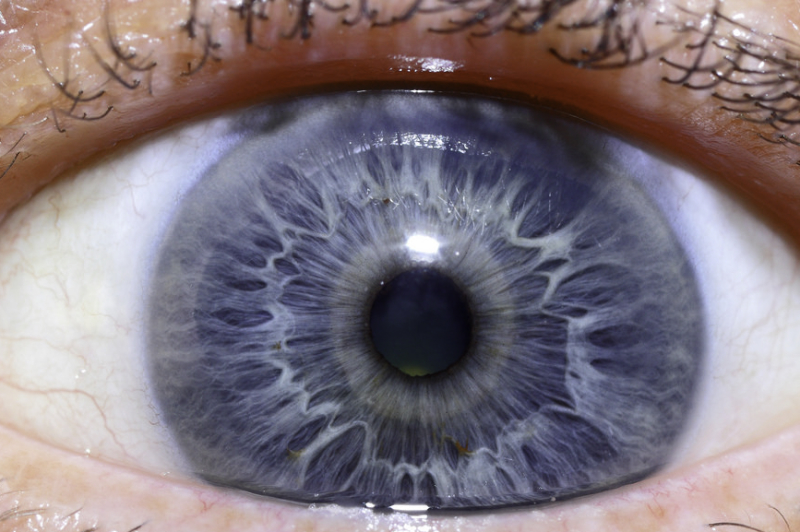'Organ-on-chip' for glaucoma research
Eye research charity, Fight for Sight, says it is funding the development of an ‘organ-on-chip’ to help investigate glaucoma.
Dr Darryl Overby and Dr Sam Au from Imperial College London, in collaboration with Massachusetts Institute of Technology (MIT) and Duke University, will build on recent bioengineering technology to develop a new device that mimics the flow of fluid (aqueous humour) as it drains from the eye.
The matchbox-sized ‘organ on a chip’ is made from a special gel that contains channels the width of a match that are surrounded by human eye cells. Essentially, an entire laboratory can fit on the device, running several experiments in parallel on the same chip.
Researchers will use the device to better understand how eye pressure is controlled and will design drugs to target the pressure-controlling mechanisms in the eye. Using the new device researchers say they will be able to manipulate specific cells and examine the effects on flow of fluid from the eye. The ultimate aim is to improve understanding of fluid flow to lower increased intraocular pressure in glaucoma, which results in damage to the optic nerve and sight loss.
This technology has the potential to be applied to research on a wide range of other eye conditions such as retinal degeneration, macular degeneration and diabetic retinopathy, they said.
Fight for Sight’s research director, Dr Neil Ebenezer, said, “This device opens the door to testing aspects of glaucoma and other eye disease that have previously been difficult to investigate and could offer solutions for this leading cause of sight loss.”
Lead researcher, Dr Darryl Overby from Imperial College London said, “Organ-on-chip technologies provide the unique opportunity to probe organ and tissue-level functions without using animal models. By applying organ-on-chip approaches to the trabecular meshwork, which is the primary drainage route from the eye, we can investigate directly how this tissue regulates eye pressure. This will ultimately allow us to develop better drugs that more effectively lower eye pressure and prevent blindness in glaucoma.”



























